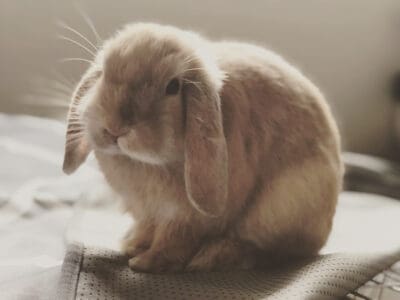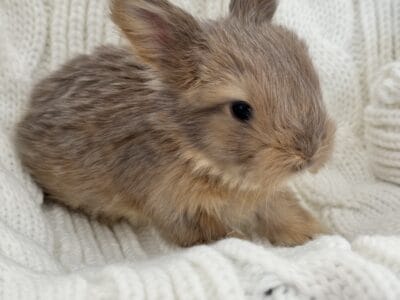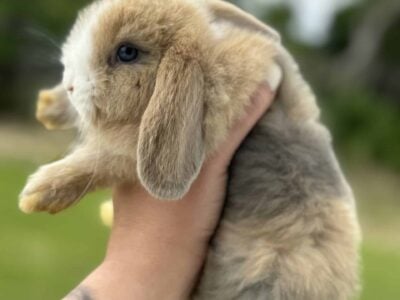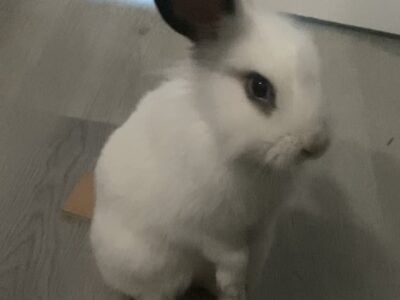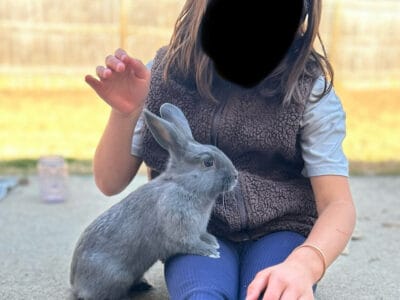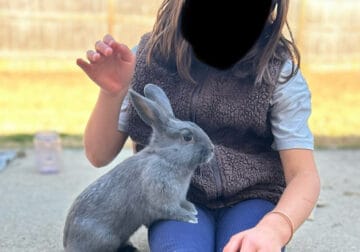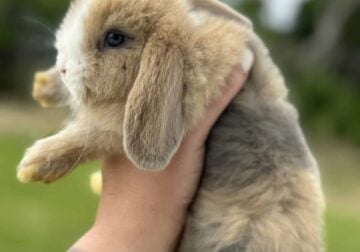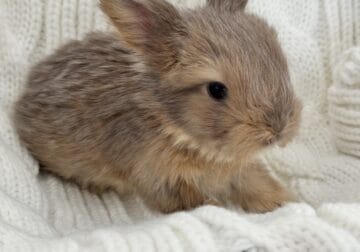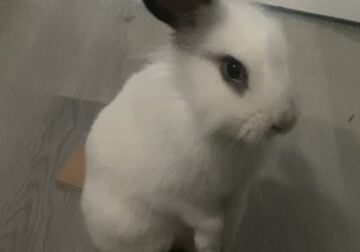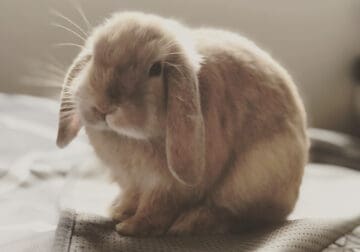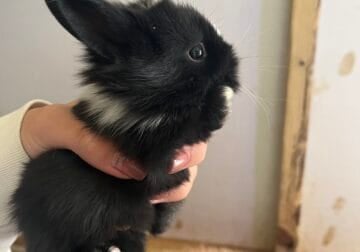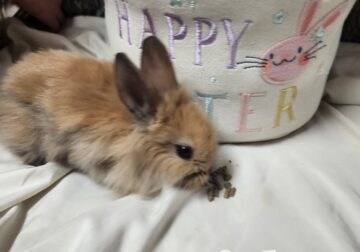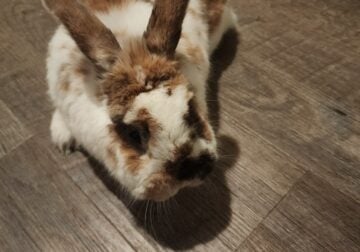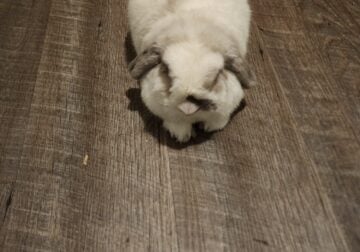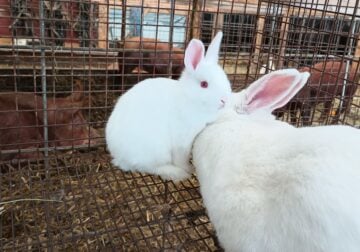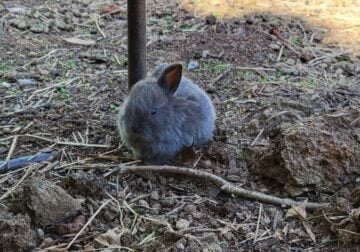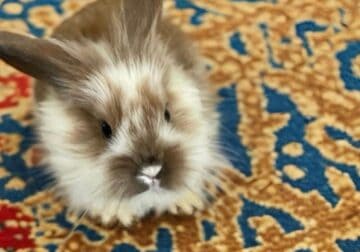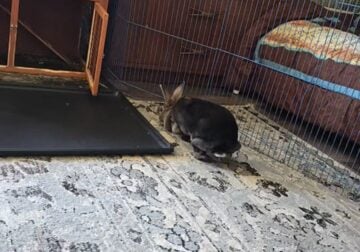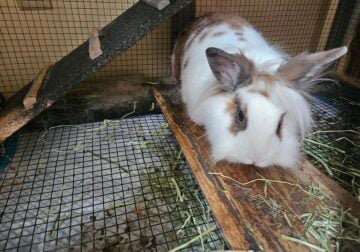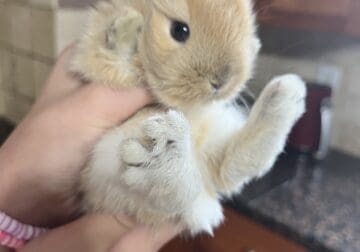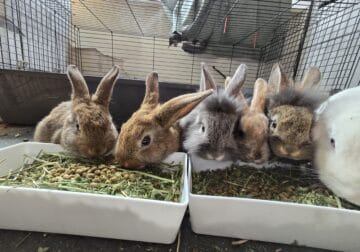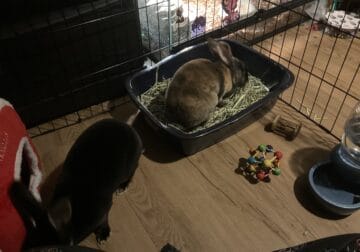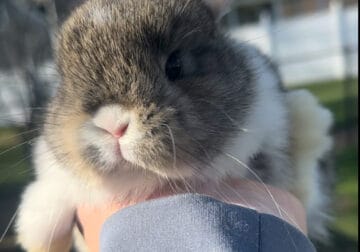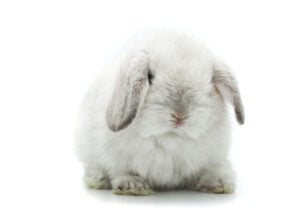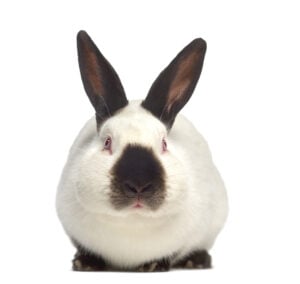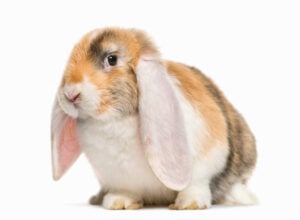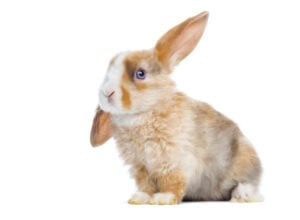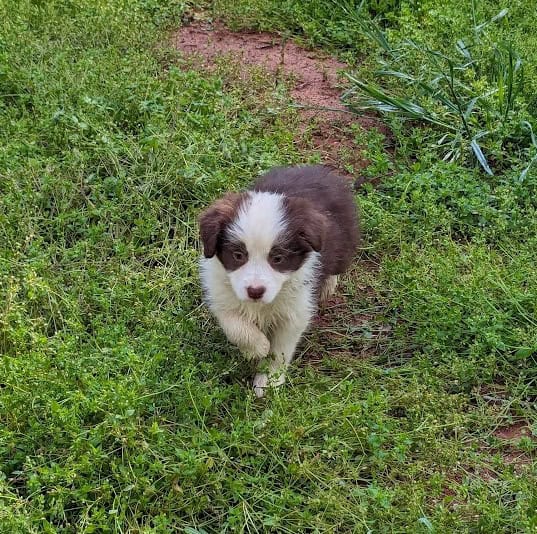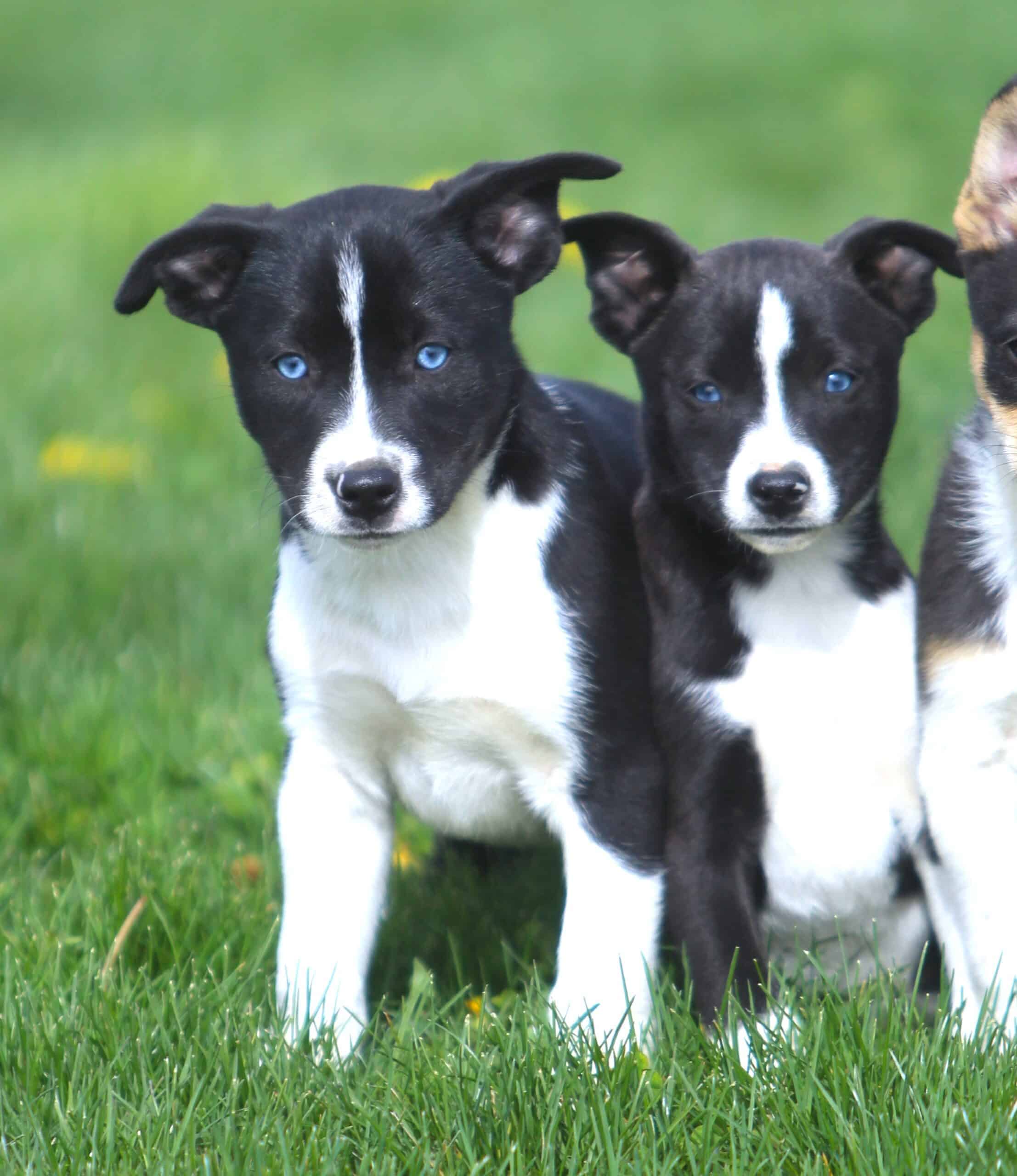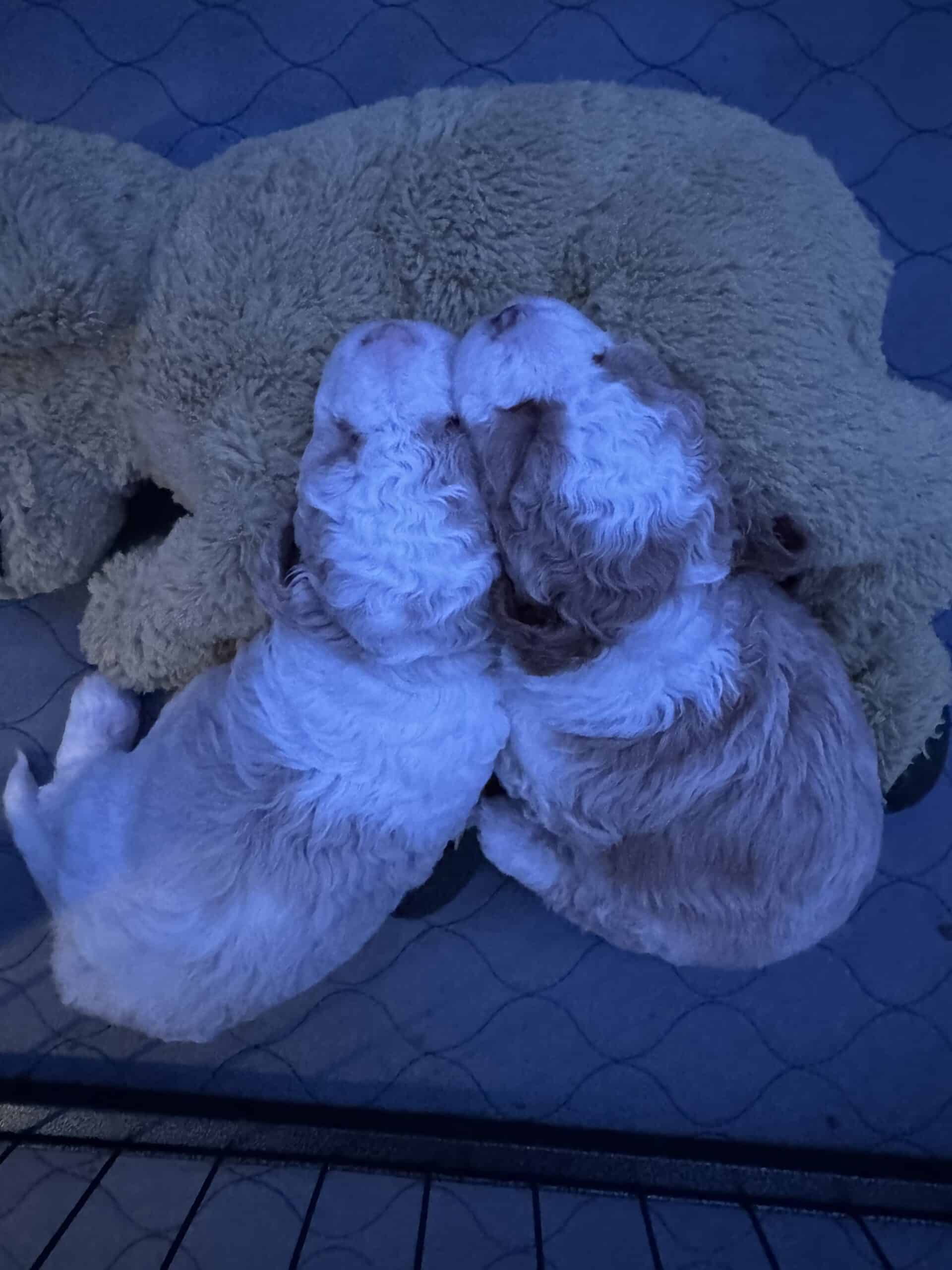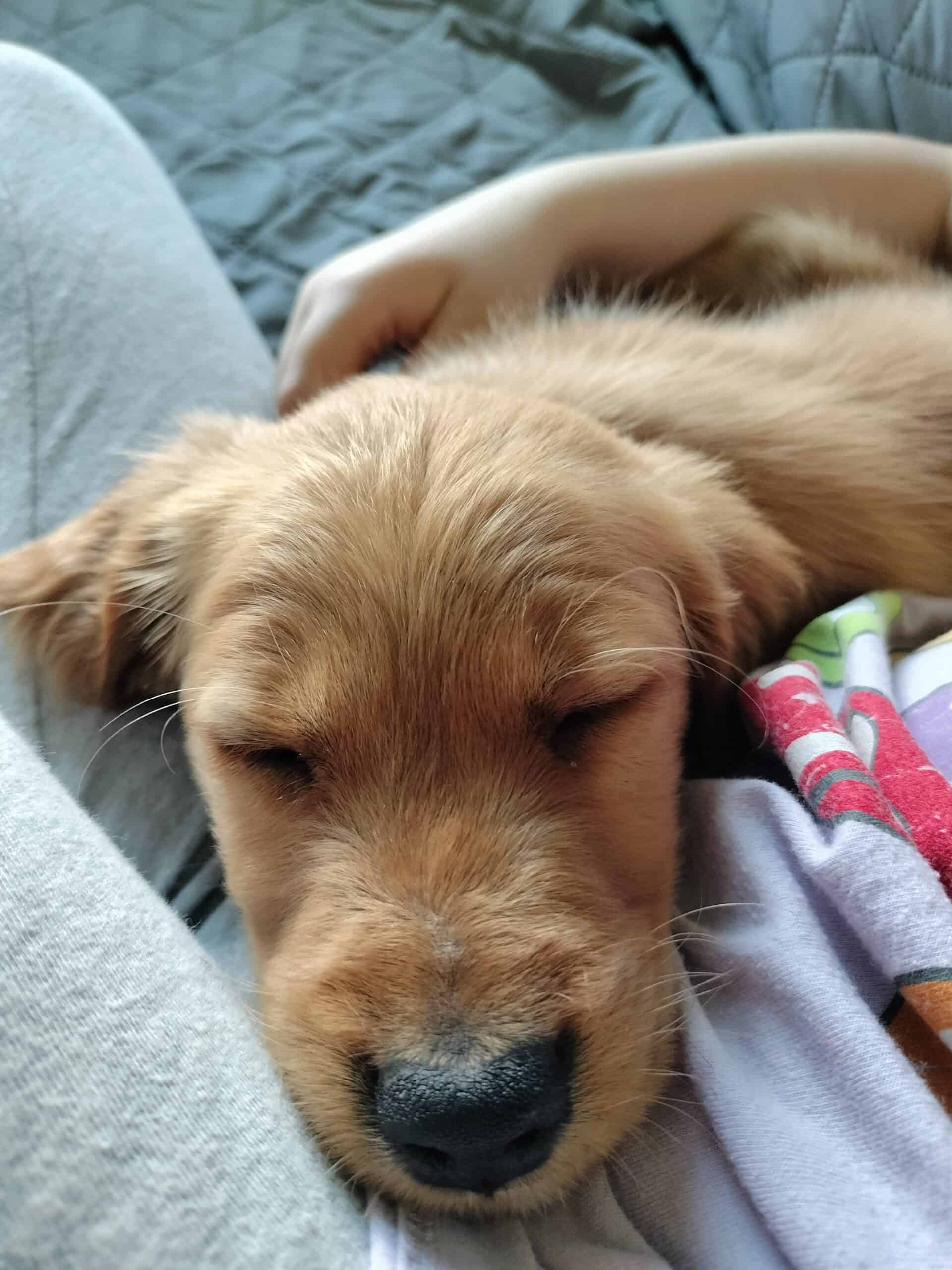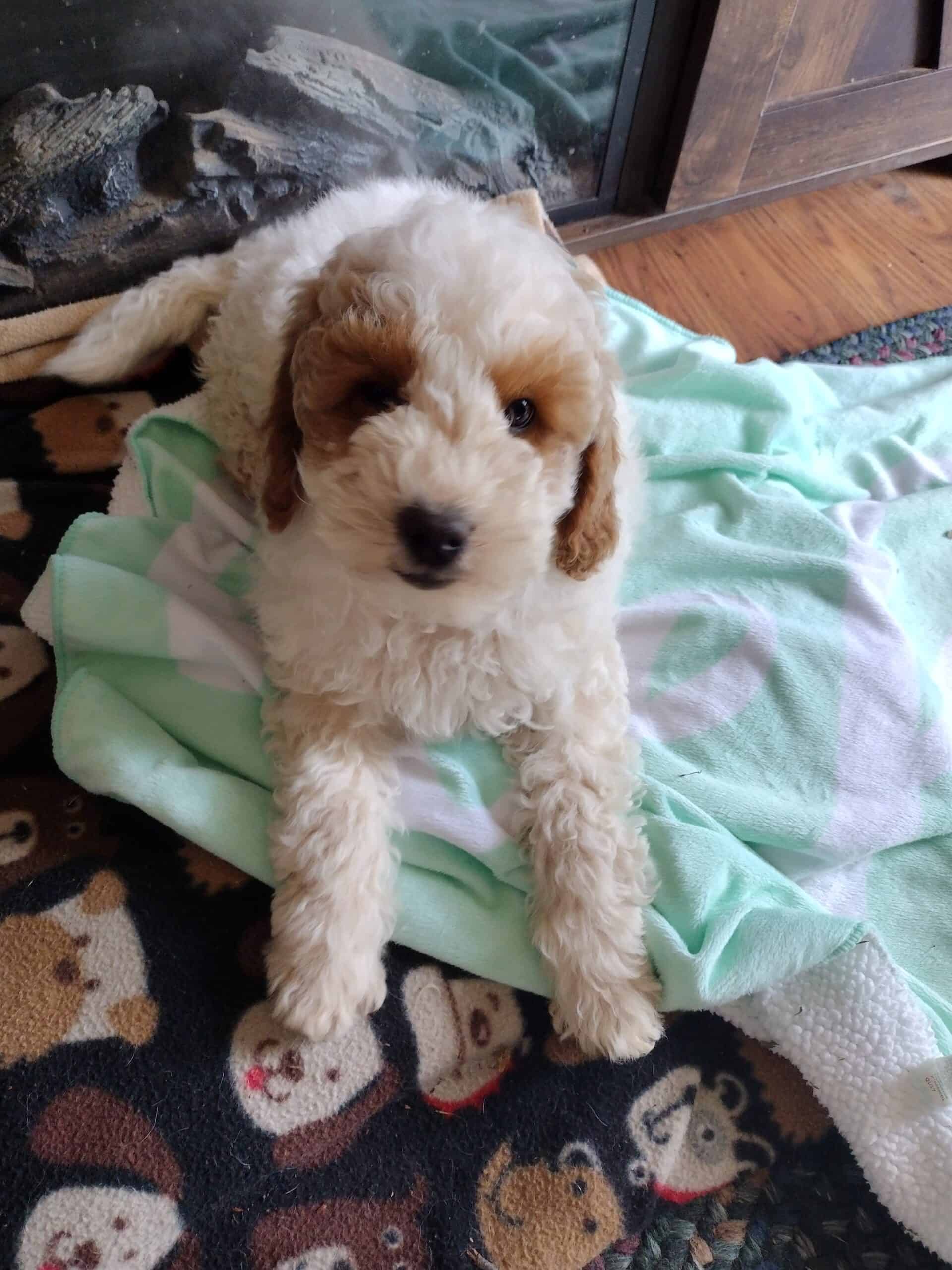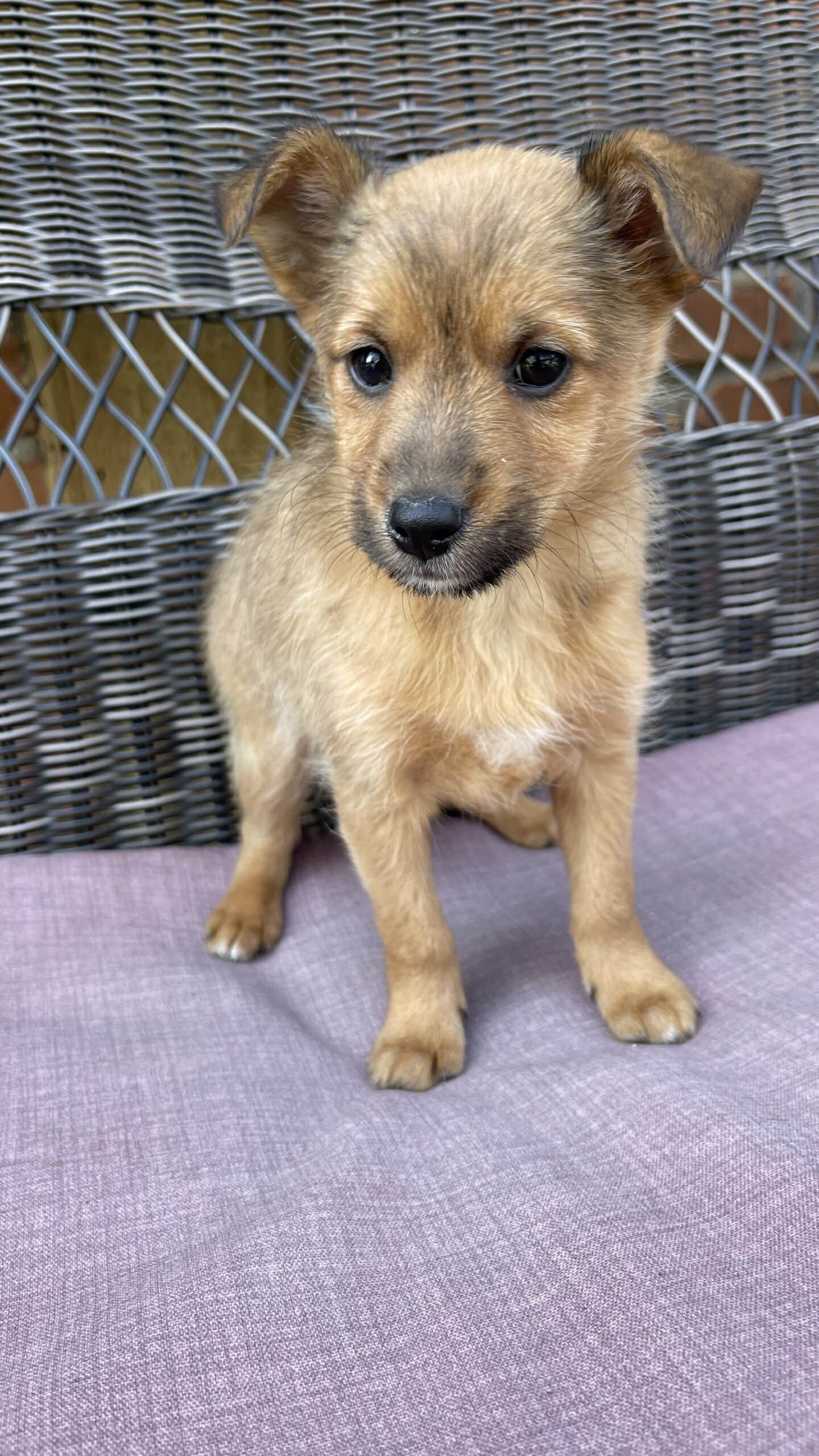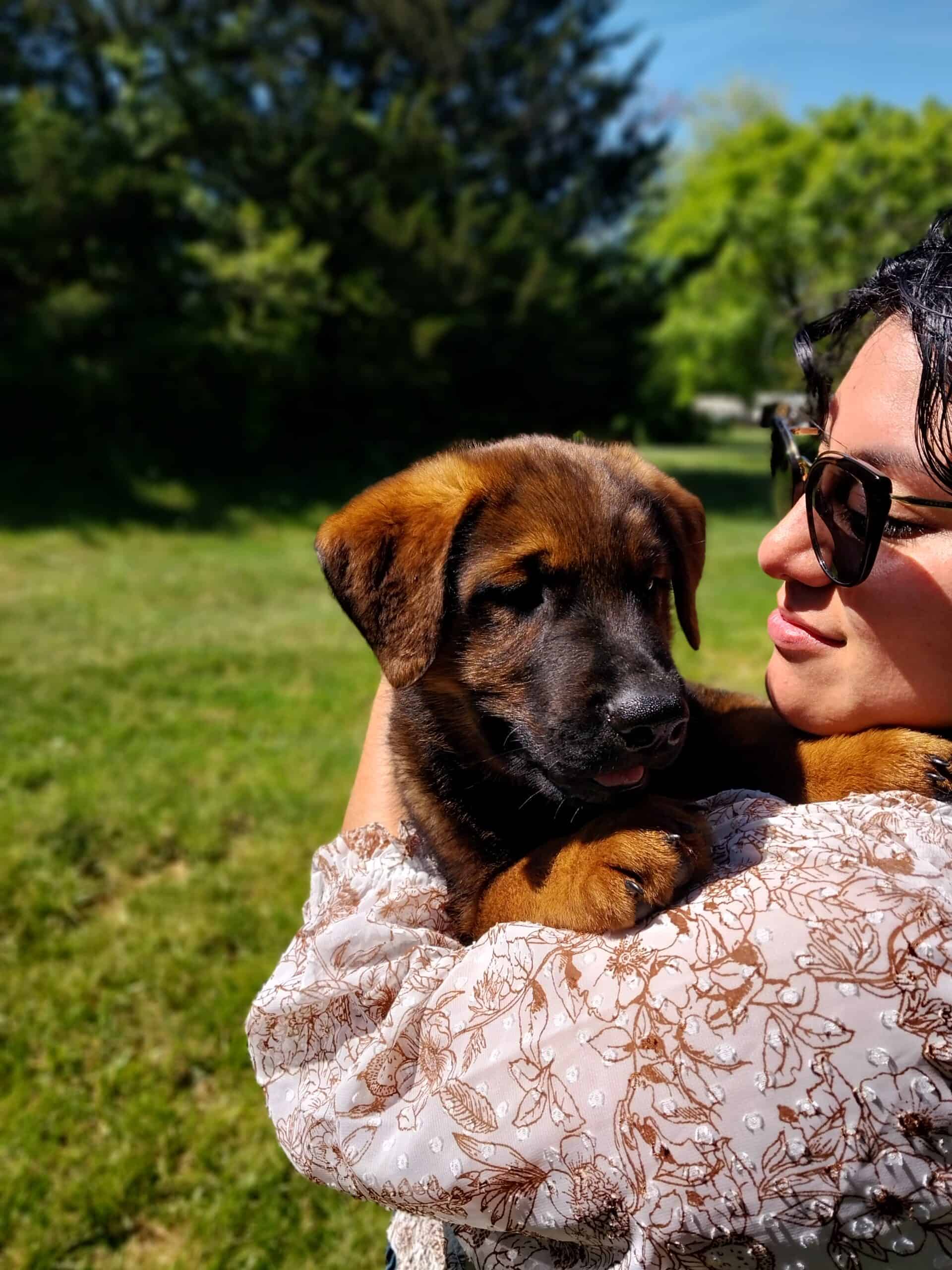What You Should Know About Rabbits for Sale Near Me
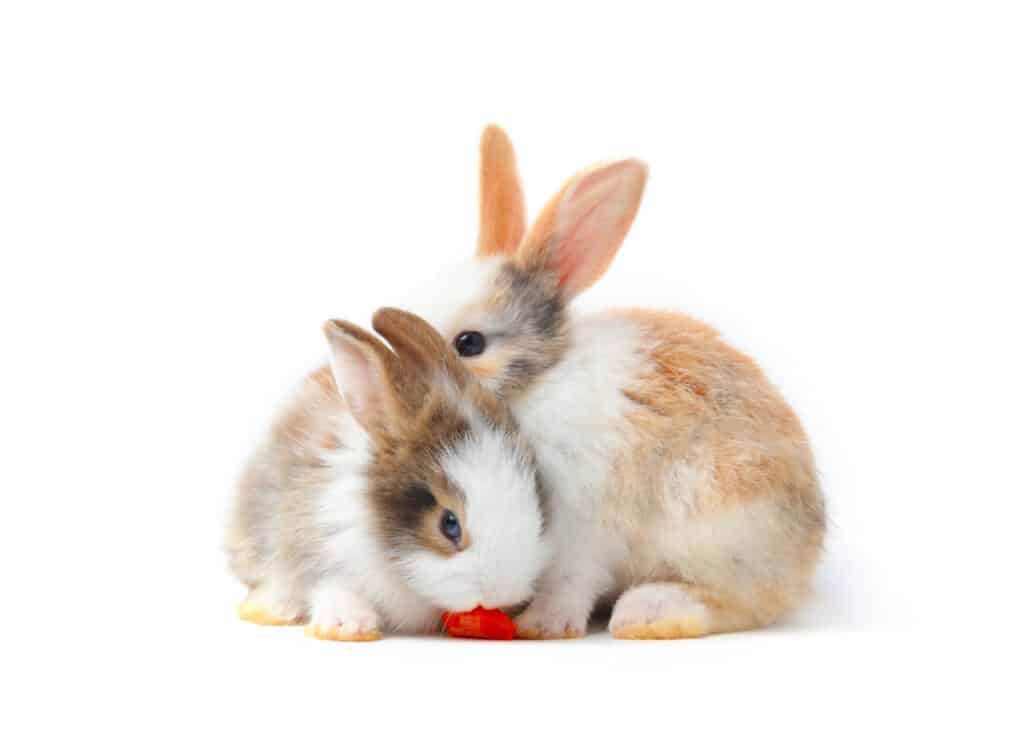
Quiet and unassuming, rabbits make excellent pets. They are particularly good for children as they are social without the size or strength to knock someone over. Rabbits are also hardy and companionable. Bunnies for sale charm with their cuteness but have an appeal that goes beyond their looks. However, knowing how to properly care for a rabbit is of utmost importance. They require a commitment comparable to any exotic pet as undemanding as they appear on the surface.
Overview of Rabbits
History
Inhabitants of the Iberian Peninsula during the 400s originally domesticated the rabbit for convenience. Rabbits were a good source of fur and meat. Their small size made them more amenable to space constraints in the city than other livestock such as pigs or cattle. Historians also contend the monks deemed rabbits acceptable meat for consumption during Lent. Fencing made rabbits readily accessible without the added effort of hunting them. It also allowed the animals to propagate without the stress of scarce food supplies and competition. However, the Victorians, who were obsessed with pets and breeding, saw the value of exhibiting new varieties of rabbits. In the 1800s, attitudes about bunnies changed, and Germany established formal breeding clubs in 1874. While rabbits are still an important food source, many see them as pets first.
Appearance
What makes rabbits different from Guinea pigs, hamsters, or gerbils? Rabbits belong to the Leporidae family with hares. While these animals resemble rodents, there are crucial differences. Rabbits have peg teeth behind the two major incisors in the upper jaw. They also have more cheek teeth than rodents and longer ears and more powerful hindlimbs. A rabbit, as you would expect, has amazing hearing and can rotate its ears 180 degrees. Resembling a rodent, a bunny’s eyes are on the sides of its head, enabling it to see well behind itself. Rabbits, unlike hares, have adapted to run from predators to the nearest hiding place in the woods. Both hares and rabbits have elongated hindlimbs and shortened forelegs. Hares are fully furred at birth and mobile within a few hours. Rabbits are hairless, blind, and helpless when born.
Coat
A rabbit, similar to a cat, has three hair types making up its coat. The inner insulating layer is down. The down is very fine and there are about 60 strands for every guide hair which helps comprise the outer protective coat. In between are the guard hairs, four for every guide. The result is a plush luxuriously soft fur coat valuable to the fine clothing industry and a huge plus for cuddly pets.
Colors
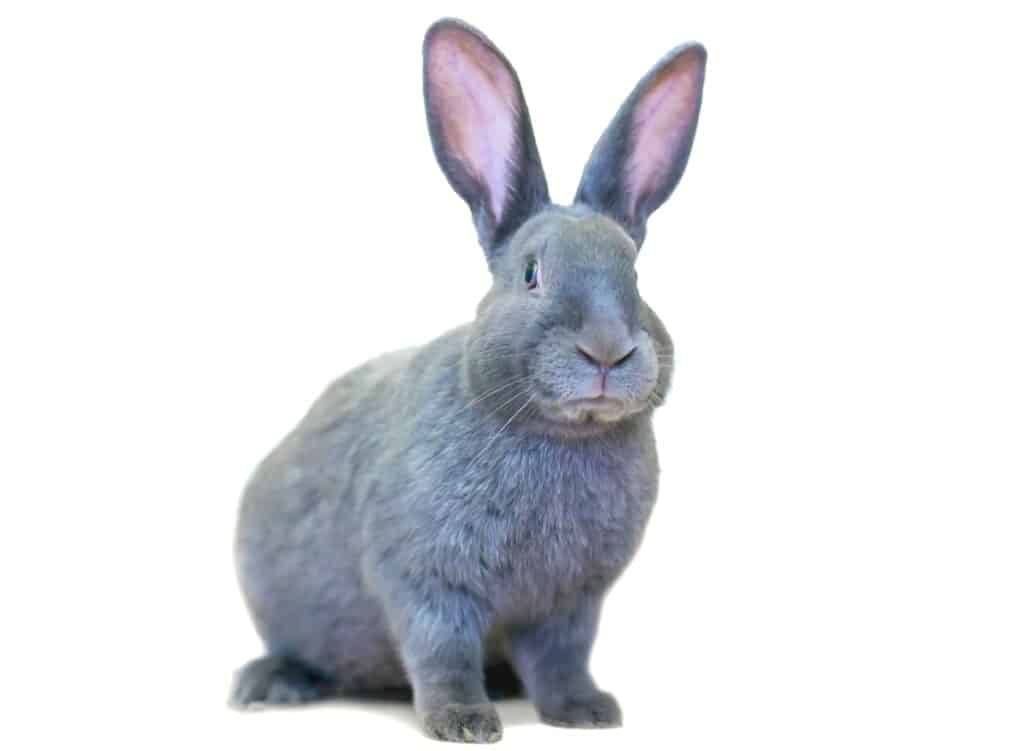
Rabbits in the wild are usually agouti. Each hair has bands of reddish-brown and black that break up the rabbit’s form during movement and help her blend in with the surroundings. Some species change to white in the winter to use snow as camouflage. Domesticated rabbits can be agouti or any of dozens of other colors. It is only possible to cite a small sampling.
- Broken – White with spots or patches of color; may have facial markings such as spots around the eyes
- Black
- Blue – Different shades like a cat
- Pearl – Creamy gray
- Orange – Different shades possible
- Tortoiseshell – Orange or dark fawn in patchwork pattern with black
- Chinchilla – Black or blue blended with pearl; has some black-tipped hairs
- Chocolate – Deep rich brown
- Cinnamon – Reddish-brown
Bunnies for Sale Near Me – Popular Breeds
Like dogs and cats, bunny breeds have become important for exhibitions and can play a role in temperament, size, and unique physical characteristics.
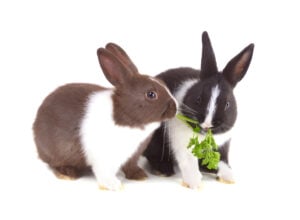
Dutch
- Origin – England, 1830s
- Appearance – Rounded and balanced; Collar is the white on the neck, and the saddle is where the color of the upper body meets white
- Colors – All colors should have characteristic white markings with white wedge-shaped blaze on the head; blue or lilac tortoiseshell, chocolate, black, gray, chinchilla, blue(medium-dark shade), or steel (black with blue undercoat and off-white tips on select hairs)
- Disposition – Easy-going, enjoys cuddling, attention-loving, gentle, intelligent
- Activity – Moderately active, can be trained
- Size – 3.5 to 5 pounds
- Lifespan – 5 to 8 years
Flemish Giant
- Origin – Belgium, 1500s; breed standard 1893
- Appearance – Long-bodied (semi-arch), muscular, harmonious body type; Exceptionally long ears and short coat
- Colors – Fawn, blue, light gray, black, steel gray, sandy(reddish-tan, or white)
- Disposition – Docile, gentle, attention-loving, intelligent
- Activity – Low
- Size – 10 to 22 pounds; 20 to 30 inches long
- Lifespan – 8 to 10 years

Baby Rabbits for Sale – Holland-Lop
Holland Lop
- Origin – Netherlands, 1955; recognized in 1964
- Appearance – Hanging ears, short round nose, short muscular body
- Colors – More than 30 possible shades; Commonly fawn, chocolate, blue, white, gray, or agouti
- Disposition – Can be nippy and shy, but if socialized are often friendly, calm, and playful
- Activity – High
- Size – 2 to 4 pounds
- Lifespan – 7 to 12 years
Mini Rex or Dwarf Rex
- Origin – Netherlands, breed standard in 1966; improved in US and Great Britain
- Appearance – Medium, rounded, sturdy build; broad head, upright ears, curly whiskers
- Colors – Recognized colors depend on locale; Include lilac, broken, chinchilla, blue, black otter (black with lighter color underneath), Dalmatian, opal (rich blue with agouti markings), red, and others
- Disposition – Friendly, docile, good with rodents and other rabbits, easily stressed
- Activity – High, boisterous
- Size – 3.5 to 4.5 pounds
- Lifespan – 7 to 8 years
Havana
- Origin – Netherlands, from Dutch rabbit litter in late 1800s
- Appearance – Short, rounded, compact bodies; short straight legs; short head and plump cheeks; small ears
- Colors – Chocolate, blue (1965), black (1980), or broken (2008)
- Disposition – Affectionate, intelligent, nurturing, good-natured
- Activity – High, boisterous
- Size – 4.5 to 6.5 pounds
- Lifespan – 5 to 8 years

California White Rabbit
Californian or California White
- Origin – California USA, 1920s
- Appearance – Large but compact bodies
- Colors – Frequently colored like a Himalayan, they are white with black points about the ears, nose, tail, and feet
- Disposition – Calm, friendly
- Activity – High, playful, adventurous
- Size – About 5 pounds
- Lifespan – 5 to 10 years
Lionhead
- Origin – Belgium and France
- Appearance – Mane gene produces long hair around the neck and head, small ears are well-furred, small body, high head carriage; Double- and single-maned varieties; Single-maned may lose their “mane” while double-maned rabbits have two copies of the mane gene and in addition to the extra hair on the head also have a “skirt” around the hip area
- Colors – Sable agouti; blue, chocolate, or plain chinchilla; chestnut (agouti with plentiful red), lynx (banded hair, smoke in the center and lilac at the tip)
- Disposition – Good-nature, timid, slow to warm to strangers; can display fear aggression
- Activity – Moderate, playful
- Size – 2.5 to 3.75 pounds
- Lifespan – 7 to 9 pounds

French Lop Rabbit
French Lop
- Origin – France in 1850s from English Lop x Flemish Giant; In 1965 developed show popularity
- Appearance – Like English lop with larger body and smaller ears; Shorter and often heavier than Flemish Giants; Full cheeeks and broad forehead; Medium-length dense coat
- Colors – Broken or solid black, fawn, agouti, or chinchilla; Many other colors possible
- Disposition – Good-natured, social, they like people and other rabbits
- Activity – High, playful, they like toys
- Size – 10 to 21 pounds; lop-eared giant rabbits for sale
- Lifespan – 5 years

Mini Satin Rabbit
Mini Satin
- Origin – Indiana USA in 1934 satin gene discovered in Havana rabbit; Minis increased in popularity in the 1980s
- Appearance – Coat has a gleam like satin; Stocky slightly elongated body, round head, medium-length upright ears can be lazy
- Colors – Broken or solid blue, copper, fawn, agouti, opal, black, white, or chinchilla: Many other colors possible
- Disposition – Inquisitive, leery of strangers, affectionate
- Activity – Moderate
- Size – minis 3 to 4 inches long, 3 to 5 pounds; standards can be up to 11 pounds
- Lifespan – 5 to 8 years
Other Notable Rabbits for Sale
- Angora – Satin, English, Giant, and French
- Mini Lop
- Woolly Jersey – Long-haired wool
- Harlequin – Colors in bands, bars, or both
- Polish
- Netherland dwarf
- Belgian Hare – Good outdoor rabbit bred to look like a small hare with a thin frame and long legs
Health of Rabbits for Sale Near Me
Except for overbred types, rabbits are healthy creatures. They suffer specific Lagomorph (classification that includes rabbits, hares, and pikas) issues that you should be aware of.
- Hairballs and wool block – Like cats, long-haired and wooly rabbits are more susceptible but bunnies have a more complex digestive tract than carnivores and cannot regurgitate; If they develop wool block whereby the hairball causes an obstruction, it is an emergency life-threatening situation
- Overgrown incisors – Your rabbit will not be able to eat or groom; Condition requires filing the teeth under anesthesia
- Sore hocks – Open sores on hocks because of rabbit’s posture; Caused by unsanitary conditions, some breeds more vulnerable
- Snuffles – Pasteurella bacterial infection common in kits but can become persistent; watery eyes and nose
- Myxomatosis and Calicivirus (rabbit viral hemorrhagic disease) are fatal viruses; the latter has a vaccine
- Uterine cancer
- Tumors
- Abcsesses – Pockets of pus from local infection
- Plant poisoning – Ivy is common
- Fractures and paralysis – Common in rabbits which is why handling is so crucial; struggling to escape can easily cause a rabbit to fracture a limb or even her back
- Heart stress – Serious problem and the only symptom may be respiratory difficulties; Not much is known yet about cardiac disease in rabbits, but an increase in diagnoses indicates improved veterinary technology and rabbits living longer
- Parasites – Your vet should check your bunny at least yearly for intestinal worms; Rabbits can also suffer from ear mites and fleas
- Flystrike – Bottle flies, in particular, will be attracted to your rabbit if he has damp soiled fur from urine or feces; These flies lay a copious number of eggs which will produce hundreds of flesh-eating larvae; The problem is exceedingly painful and stressful for your rabbit; Common in summer
Rabbits are prey animals and thus are adept at hiding illness for a long time. Often, if you do not watch closely, by the time your bunny appears ill the disease process may be quite advanced. The other tip to keep in mind is anorexia. If your rabbit does not eat for several hours, it is not the same as for a dog or cat. Six to eight hours of not grazing for a bunny is a life-threatening emergency that requires immediate veterinarian attention. Not eating can cause the entire digestive tract to stop peristalsis altogether in a rabbit. Gut stasis, which is a physiological obstruction, can lead to sepsis (bacteria leak from the gut into the bloodstream) which is fatal.
Care
A bunny for sale is a common sight in the spring alongside chicks and ducklings. Unfortunately, owners may equate a lack of rarity with low maintenance. While rabbits are surprisingly hardy for their size, they require specialized care not quite like a dog or cat.
Enclosure
You may choose to allow your rabbit to roam the house. Many breeds take readily to litter training. However, most rabbits will still benefit from some type of enclosure that can serve as their area of refuge. Wire enclosures work best as they are breathable and account for the rabbit’s phenomenal leap. Another feature to take into account is providing a run. An attached run allows more active rabbits the ability to exercise freely. Nevertheless, rabbit hutches should be quadruple the size of small rabbits or sufficient for your pet to hop at least three or four times in either direction. If food and water bowls are in the running path, you cannot count that area towards the requisite space allowance. Ideally, rabbits should not spend their entire time in a pen. Most benefit from social interactions with their people. Exercise and interaction should occur for your rabbit daily.
Feeding
Like rodents, rabbits have continually growing incisors. Their teeth need to grind down every day or they can grow into surrounding tissues or match up improperly (malocclusion), preventing your rabbit from being able to eat. High-fiber feed helps a rabbit wear down her teeth. Experts suggest a diet that is 70% hay. Some hays are mixed with kale or other greens which are acceptable as well. In addition to hay, your rabbit should have several different types of greens daily as well as the ability to graze on naturally growing grass. Rabbits do not tolerate grass clipping from mowed lawns. Round out your rabbit’s daily meal with pellets to offer nutritional completeness. Be aware that many rabbits enjoy pellets like treats, and you have to resist the urge to sacrifice their fiber intake for these delicious morsels. Certain rabbit breeds or senior bunnies may still have dental problems. They need veterinarian attention regularly to keep their teeth a functional length.
Grooming
One thing to always consider when looking at rabbits for sale is their coats. Coat length and type will tell you how much grooming you will have to do. Short-haired rabbits are similar to cats and require infrequent grooming. Long-haired rabbits may need you to brush them every day. Rabbits with the fur of a wool-like texture will mat easily. It is not desirable or safe to bathe a rabbit. Bunnies may panic when sprayed with water and can fracture their backs if they thrash too much. However, you still need to keep your rabbit sanitary removing all fecal material and urine spots with a damp cloth or dry bath. If you have particular concerns, contact a veterinarian who is knowledgeable about rabbits. Persistent soiling will cause a rabbit to experience skin irritation and possibly flystrike (flies lay eggs which leads to painful larvae feeding). Since rabbits are meticulous groomers, find out why your pet may be soiling itself in the first place. Inspect for cramped conditions or digestive problems from a low-fiber diet (too much sugar in the form of fruits or not enough hay because of excess pellets). Also, check for health-related causes of diarrhea.
Extra Considerations for Baby Rabbits for Sale
By nature, rabbits deal with stress much differently than do dogs or cats. While the social ramifications may not be as high when separating kits from their siblings, stress will be more detrimental. Baby rabbits can wean as early as four or five weeks. Some breeders wait until the baby rabbits are seven or eight weeks old. Regardless, you should not take a baby rabbit to his new home for five to ten days after weaning. This time frame allows the kit to acclimate to a major life change before taking another huge step, whether heading to a pet store or your family. High and prolonged stress levels wreak havoc on your little rabbit’s digestive tract and can be life-threatening. Medium-sized rabbits are fully grown at six to ten months. Like dogs, small bunnies mature faster and giants may take a year and a half. A rabbit’s adult coat comes in at five months and is at its prime during winter.
Attention
When you think of rabbits, you may picture the wild critters bounding about that will not let you anywhere near them. Pet bunnies are different. They benefit from socialization and most of them thrive on human interaction. Different breeds have unique personality quirks, but you can research which ones like to be held and to snuggle and which ones would rather have more room to run and play with some petting interspersed. The more you work on socialization the more contact you can have with your rabbit and the less stressed she will be in general. Make sure to become knowledgeable about which rabbit breeds are likely to do well with children. Kids often will provide plenty of company for a pet bunny. Educate your child and her or his friends about being cautious and gentle with rabbits. Children should learn a rabbit’s body language, especially with regards to when to put the animal down and when the critter may be stressed or frightened. All family members should be able to read rabbit signals and give the pet space as she requires.
Other Rabbits
Many experts promote getting at least two rabbits at a time. While rabbits bond closely with their owners, they need the company of other bunnies to fulfill all their social needs. Many breeders and pet stores sell rabbits as so-called bonded pairs. If you get two rabbits as kits, you will be assured they will be bonded and compatible, growing up together. However, most rabbits that meet by the age of three months will get along famously. If introducing adult rabbits, you will greatly enhance your success if both are neutered. Same-sex pairings of altered rabbits seem to work best. Like dogs, introduce them slowly. For example, use two hutches and switch them back and forth. Share toys between them. Keep them in separate but nearby rooms or put a barrier between them. Make the first face-to-face on neutral territory if possible. Most rabbits take a few weeks to become accustomed to each other. However, once they do, rabbits are eager to have friends of their own kind.
Exercise
Rabbits need up to four hours of exercise a day. Lack of exercise will harm their musculoskeletal systems. Larger rabbits tend to be less active than dwarfs, but they need more space. Bunnies are more like cats than dogs, being sprinters rather than marathon runners. Split their sessions into two or more periods a day. If you can give your rabbit the run of the house all day, even better. Do not neglect mental stimulation. Bored rabbits will chew, dig, or overeat. Believe it or not, rabbits do well with toys. You can also give them food puzzles similar to horses. Finally, rabbits require wood blocks or similar items they can chew on to keep their incisors an appropriate length so they occlude properly.

